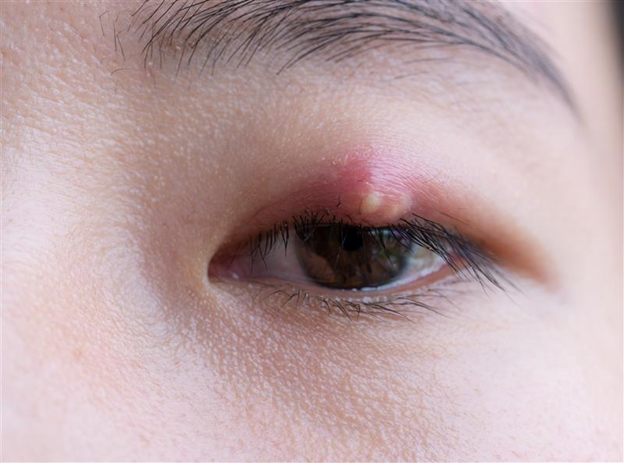Blepharitis is more common than most people think. It’s an eye condition that affects both adults and children, causing discomfort and irritation. Understanding blepharitis is important because it can help you maintain better eye health and comfort. By knowing what to look out for, you can address issues early and avoid complications.
What Is Blepharitis?
Blepharitis is an inflammation of the eyelids. This condition affects the part of the eyelid where lashes grow. It’s a persistent condition, but it’s usually not serious. While it impacts both eyelids, it can be bothersome, causing redness and itchiness. Blepharitis is often linked to other eye issues, like dry eyes. This means you might experience more than just eyelid problems if you have it. However, with proper care and understanding, blepharitis can be managed effectively.
Understanding the Types of Blepharitis
There are two main types of blepharitis: Anterior and Posterior. Anterior blepharitis affects the outer eyelid edge where the lashes attach. Posterior blepharitis impacts the inner edge where your eyelid touches the eyeball. Each type comes with its distinct signs, and they require different management approaches. Knowing which type you have can guide you in finding the right treatment and ensuring proper eye care.
Uncovering the Causes of Blepharitis
Several factors can cause blepharitis:
- Bacterial Infections: Some bacteria naturally live on our skin, but an overgrowth can lead to inflammation on the eyelids.
- Seborrheic Dermatitis: This skin condition affects oil glands and can often lead to blepharitis.
- Meibomian Gland Dysfunction: These tiny glands secrete oil that is essential for eye health. If they don’t work properly, it may result in blepharitis.
- Other Factors: Allergies or poor hygiene can also contribute. Sometimes, skin conditions like acne rosacea are associated with blepharitis.
By understanding these causes, you can take steps to clean your eyelids regularly and address contributing skin conditions.
Spotting the Symptoms
Blepharitis has several recognizable symptoms:
- Redness and Itchiness: Your eyelids might appear red and feel itchy.
- Watery Eyes: This is a common feature, making the eyes feel teary or irritated.
- Lash Changes: You might notice loss of eyelashes or them growing in odd directions.
- Crusting and Greasiness: A sticky sensation or crusty build-up along the lashes can occur.
These symptoms, while bothersome, can interfere with daily activities like reading or driving. Recognizing them early can lead to better management and prevention of blepharitis.
Who Is at Risk?
Some people are more prone to developing blepharitis:
- Those with chronic skin conditions like acne rosacea or dermatitis.
- Individuals with poor eyelid hygiene practices.
- Aging adults are more susceptible due to natural skin changes.
Understanding these risk factors can prompt proactive steps in eyelid care, preventing discomfort and managing blepharitis effectively.
Potential Complications and Why They Matter
If left untreated, blepharitis can lead to:
- Recurring Styes: Small painful bumps on the eyelid.
- Lash Problems: Abnormal eyelash growth or loss.
- Infections: Increased risk of eye infections.
Additionally, untreated blepharitis can contribute to developing dry eye syndrome, causing further discomfort. Thus, managing the condition is crucial to preventing these outcomes and maintaining healthy eyes.
Consult us today at Sri Nirwana Netralaya for expert guidance!
When to See a Healthcare Provider
You should seek medical advice if:
- Symptoms persist despite home care.
- Vision changes or pain in the eyes occur.
- There’s a history of eyelid problems that worsen over time.
Professional guidance is essential for managing your eye health and ensuring blepharitis does not lead to more serious problems.
Conclusion and Final Thoughts
Blepharitis is a common eye condition that many people are unfamiliar with. By understanding its symptoms and causes, you can keep your eyes healthy with simple daily routines. Effective management involves cleaning your eyelids regularly and consulting a doctor when necessary. With consistent care and attention, you can reduce discomfort and prevent potential complications from blepharitis. Remember, regular eye checkups are a proactive step in maintaining overall eye health.




